
🤟 Tips: This article contains 1033 words and is expected to take about 7 minutes to read.
Many students majoring in mechanical, automation, and electronic information want to make embedded development their career goal.
However, sometimes due to the vast and complex knowledge involved in embedded systems, many beginners find themselves lost in the sea of embedded knowledge, unable to find a clear learning direction.

Today, I will discuss what is required for the correct embedded positions, for the reference of beginners, hoping to help everyone.
The content that embedded engineers need to master is very broad, mainly including embedded software, embedded hardware, and professional knowledge related to industries and products.
As beginners in embedded systems, we cannot, nor do we have the energy to master all the knowledge thoroughly. We must learn to focus on the key points, learn to prioritize, and achieve a learning effect that is both comprehensive and efficient.
First, embedded technology is mainly divided into two major directions: embedded software and embedded hardware.
The main responsibilities of embedded hardware engineers are to design hardware circuit schematics for products, design hardware PCB boards, select appropriate components, solder and debug hardware circuit boards, and ensure the reliability, stability, and anti-interference capability of hardware circuit boards.
Due to the rapid development of integrated circuits, most integrated circuit manufacturers provide reference circuits, making the design of hardware circuit schematics relatively simple. The value of a hardware engineer’s work mainly lies in the design of product reliability, stability, and electromagnetic compatibility, which is where the true value of hardware design engineers lies.
A senior embedded hardware engineer’s annual salary ranges from 100,000 to 300,000.
To become a senior embedded engineer, one must have a solid theoretical knowledge base, as well as substantial experience in designing large, high-frequency CPUs and multi-layer PCBs.
Courses that embedded hardware engineers need to learn mainly include analog circuit design, digital circuit design, and electromagnetic wave theory. Familiarity with common amplifier circuits, filter circuits, and power circuit design and analysis is essential.
The main responsibility of embedded software engineers is to design software according to product functional requirements, enabling the hardware to operate.
The hardware part of embedded electronic products is mostly the same, primarily consisting of CPU, RAM, and FLASH, while the software varies greatly.
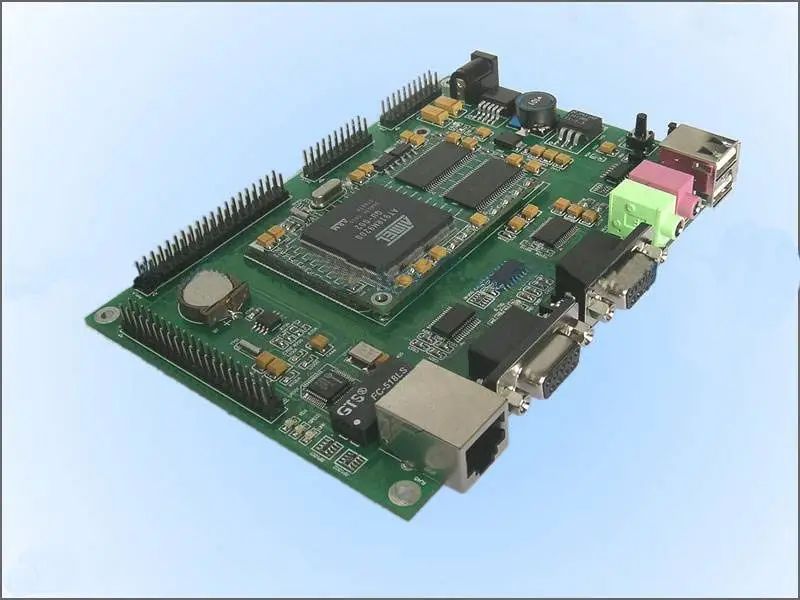
The specific functions of a product are implemented through software. Generally speaking, the workload of software design in the realization of a product is 45 times that of hardware design.
Therefore, typically, the number of software engineers in a company is 45 times that of hardware engineers. The demand for embedded software engineers is much greater than that for hardware engineers, and compared to hardware engineers, embedded software engineers find it relatively easier to learn.
Next, we can take a look at the learning mind map for embedded engineers.
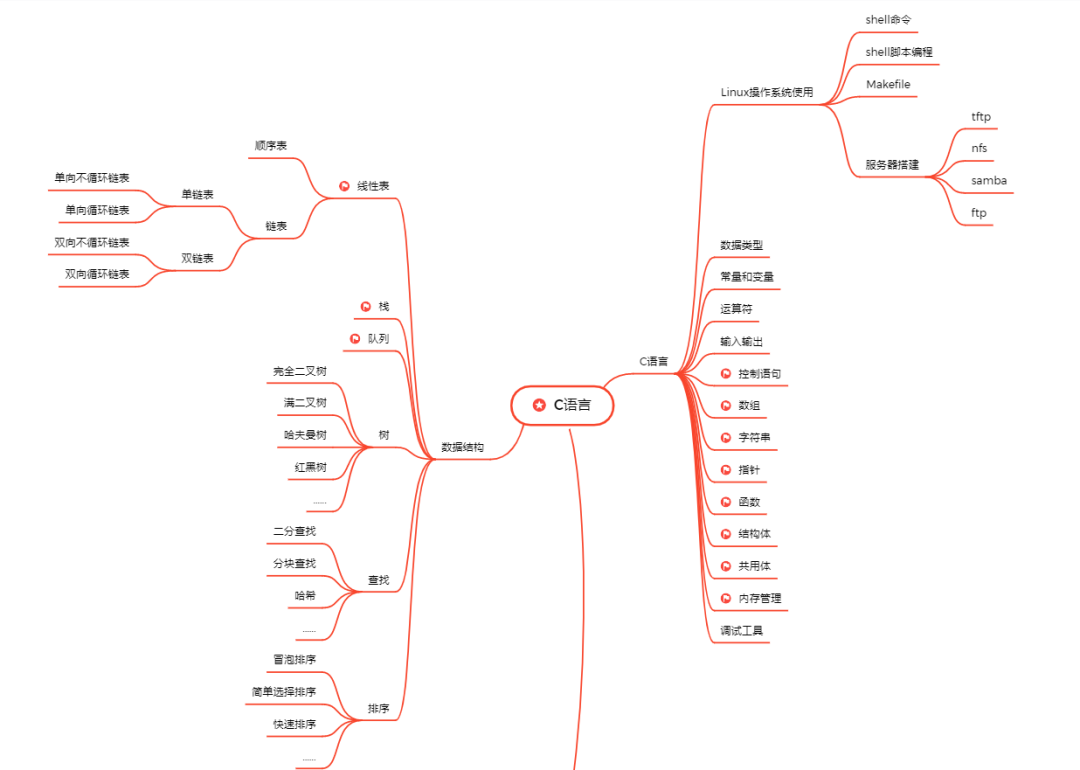
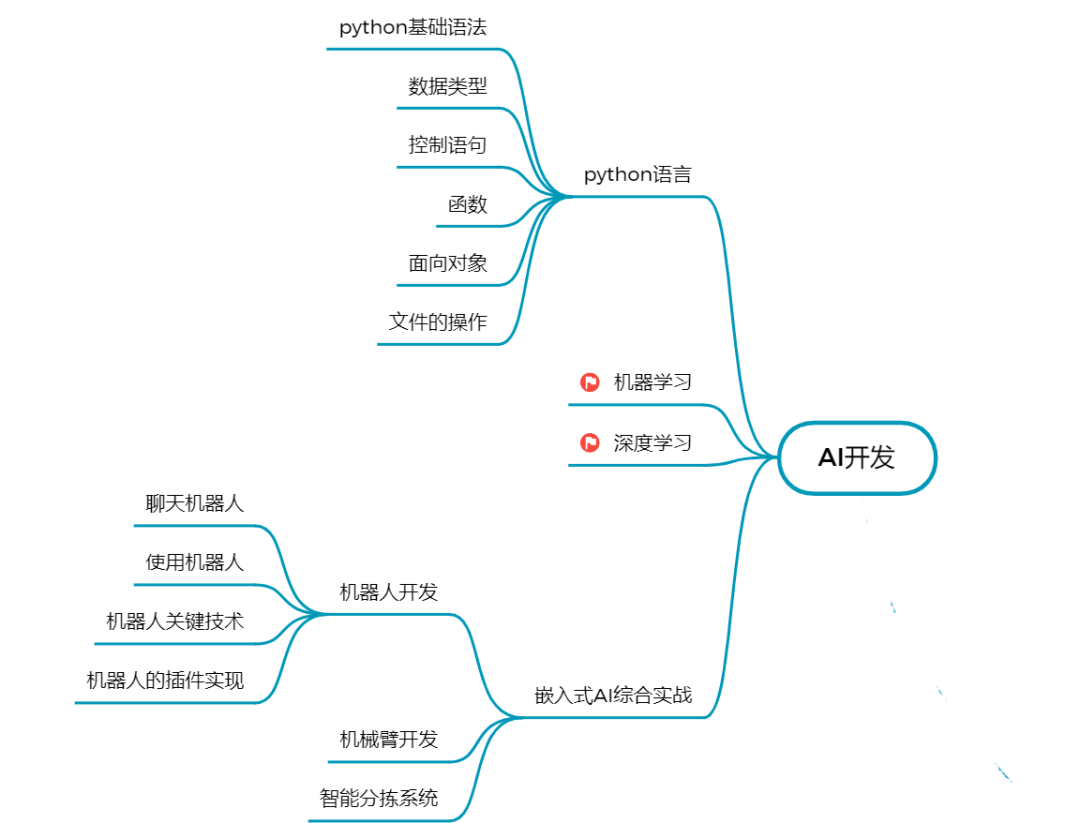
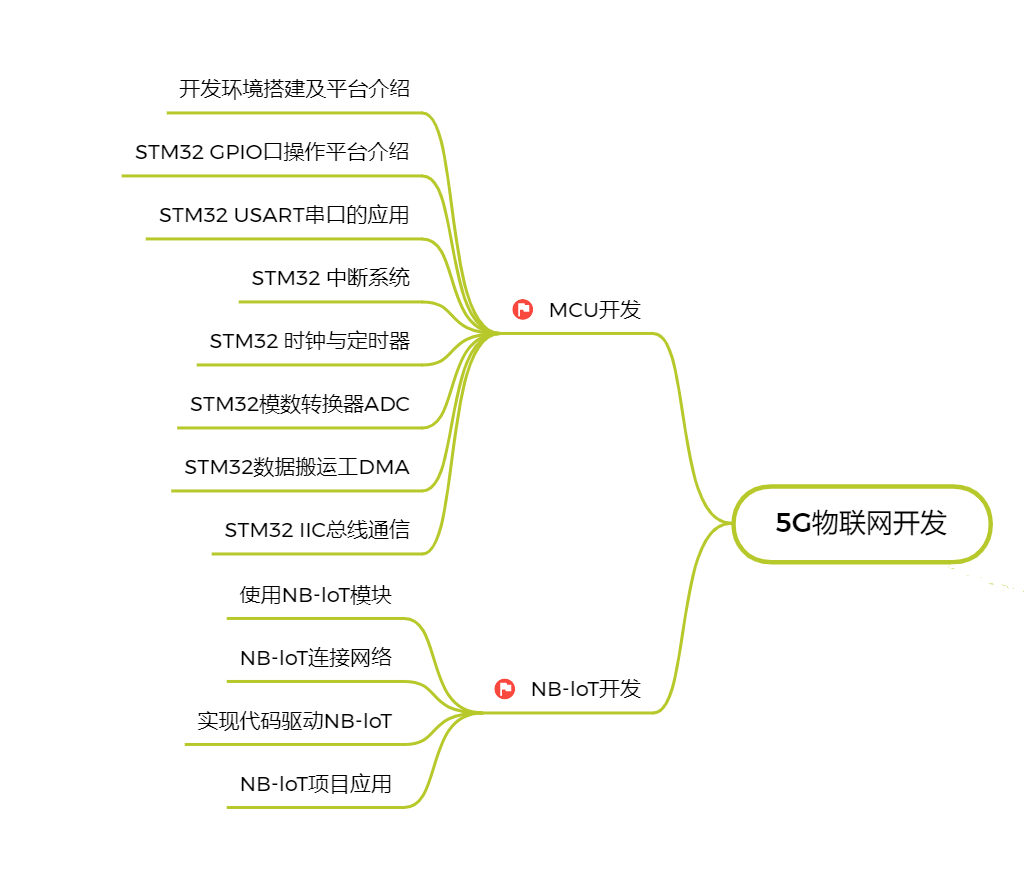
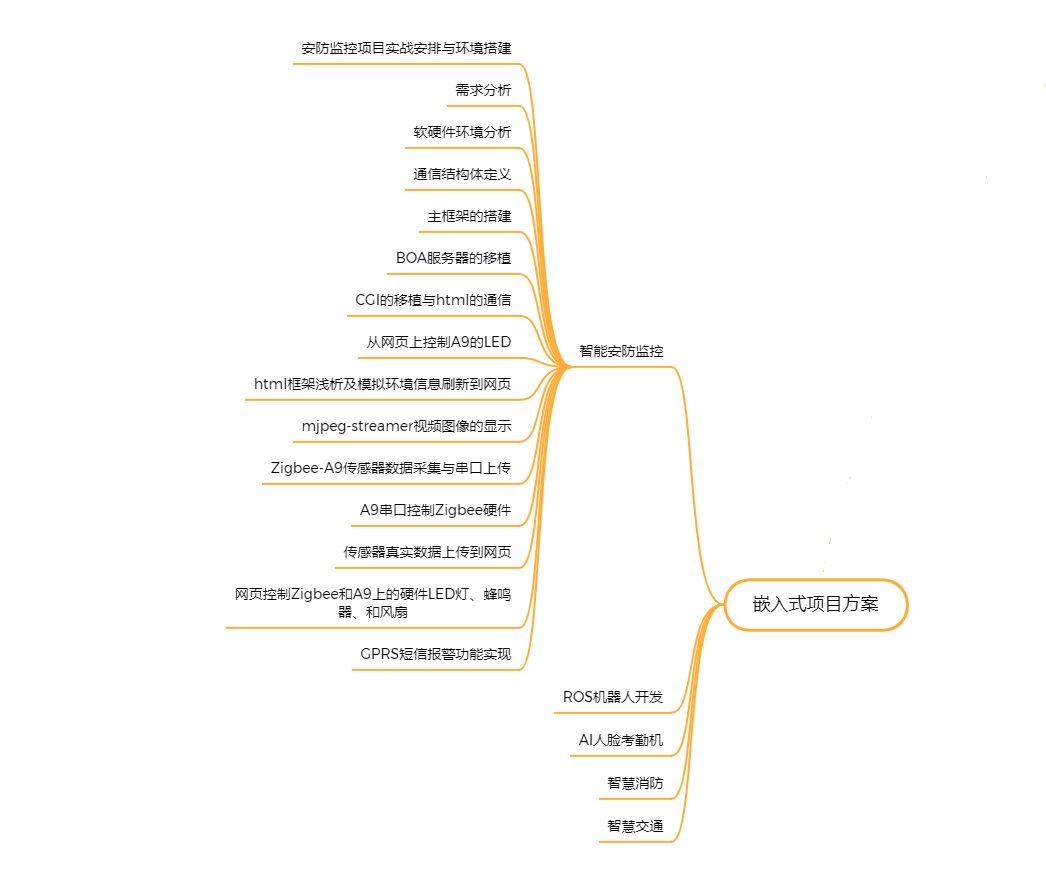
Above are some parts of the learning mind map.
Reply 【Mind Map】 in the public account menu to receive the complete version~
Today’s Recommended Course:《Master C Language Easily in 9 Days》
Click the mini program below to watch directly ▼▼▼

To receive LINUX C language related materials, please scan the QR code below.
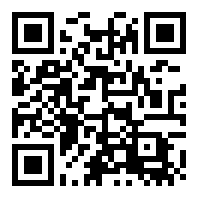
BREAK AWAY


